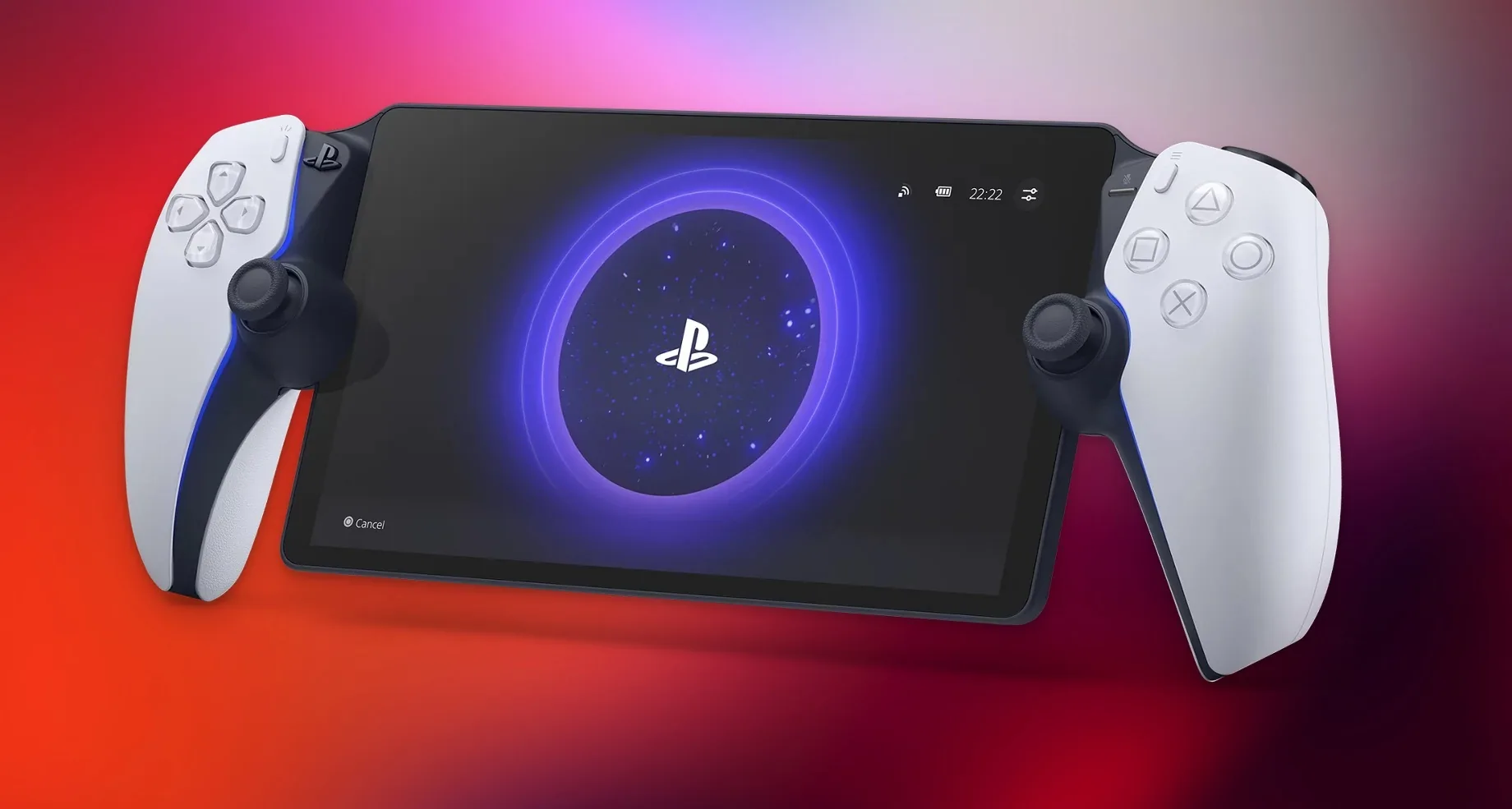Okay, folks, let’s talk about the elephant in the room – or rather, the highly anticipated, perpetually rumored, and increasingly inevitable elephant: the Nintendo Switch 2 (or whatever they decide to call it). It feels like we’ve been hearing whispers about a “Switch Pro” or a next-gen console for years now, but as we head into mid-2025, the chatter is getting louder and more concrete.
The original Switch, bless its heart, has had an incredible run. It launched in 2017, and it’s still selling like hotcakes, especially with all the excellent first-party titles Nintendo keeps dropping. But let’s be real, its hardware is showing its age. Games like Tears of the Kingdom and Metroid Prime Remastered are marvels of optimization, but they’re pushing the console to its absolute limits. We’re talking 720p resolution, occasional frame drops, and textures that sometimes look a little… well, Switchy. Gamers, especially those coming from PlayStation and Xbox, are itching for something with a bit more muscle.
So, what’s the latest intel? The prevailing rumor points to a launch sometime in 2025 or early 2026. Nintendo has been incredibly cagey, as always, but industry analysts and leakers are starting to converge on a timeline. The big speculation is around the hardware. Most reports suggest a custom Nvidia Tegra chip, possibly something based on Ampere or even Ada Lovelace architecture, allowing for significantly improved graphics and, crucially, DLSS. If that’s true, DLSS could be a game-changer, enabling higher resolutions and better frame rates in both docked and handheld modes without requiring monstrous raw power. Imagine Breath of the Wild or Super Mario Odyssey running at 1080p handheld and 4K docked, with stable framerates. That’s the dream.
Another key rumor is about backward compatibility. This is almost a given for Nintendo at this point, especially with the Switch’s massive install base and incredible library of games. It would be a huge misstep for them not to allow players to bring their existing digital and physical Switch games over. This also means that existing Joy-Cons might be compatible, although there might be new ones with enhanced features or rumble tech.
What about the form factor? Will it still be a hybrid? Almost certainly. The hybrid nature is the Switch’s unique selling point and its biggest strength. While there might be refinements – perhaps a slightly larger or better-quality screen, improved ergonomics, or even better battery life – the core concept of being able to play on your TV or on the go is unlikely to change. Some leaks have even hinted at a potentially magnetic Joy-Con connection system, but that’s still just speculation.
The biggest questions, of course, revolve around the launch lineup. Nintendo always brings the heat with its first-party titles, and the expectation is that they’ll have some heavy hitters ready to showcase the new hardware. Will we see a new Mario? A new Metroid Prime 4 (finally!)? Perhaps a graphically enhanced Breath of the Wild or Tears of the Kingdom? The possibilities are tantalizing.
At this point, it’s not a matter of if but when and how good. Nintendo has a knack for innovating and creating compelling experiences, even with less powerful hardware. But combining that innovation with a substantial power bump? That’s what gets fans truly excited. The anticipation is palpable, and everyone is just waiting for that official Nintendo Direct, hopefully sooner rather than later, to finally spill the beans. Our wallets are ready, Nintendo. Just say the word.

